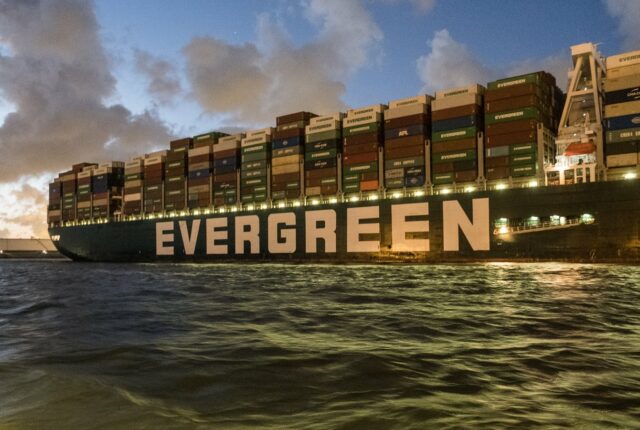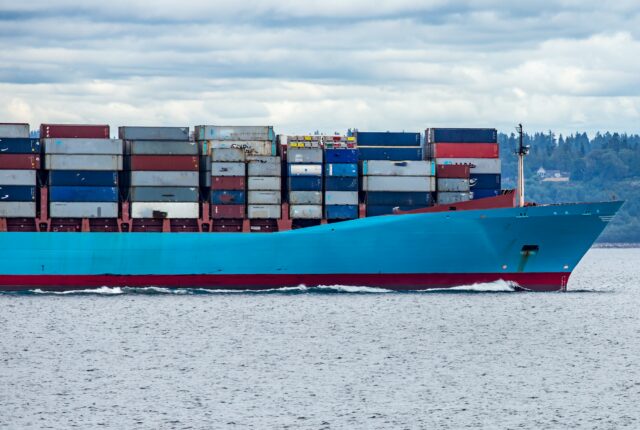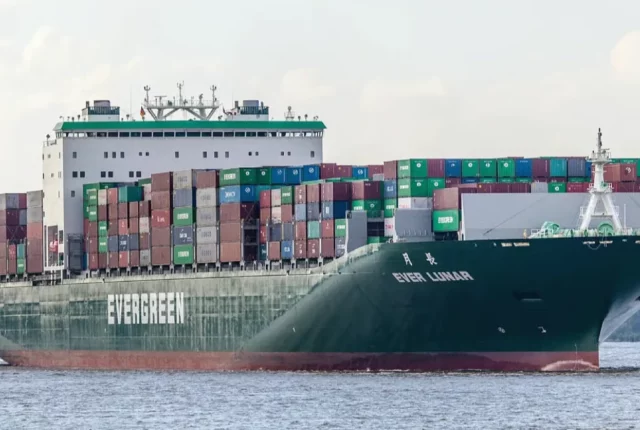
Environmental Regulations and the Push for Sustainable Sea Freight Solutions
Sea freight keeps the world connected—but at a cost to the planet. As pressure mounts to cut emissions, environmental regulations are steering the shipping industry toward cleaner, greener waters.
Let’s dive into what’s changing and how ships are being refitted for a sustainable future.
Why the Shipping Industry is Under Pressure
The Role of Maritime Emissions in Climate Change
You might not see cargo ships every day, but they’re responsible for nearly 3% of global greenhouse gas emissions. That’s more than many countries combined. With the climate clock ticking, regulators and industry leaders are zeroing in on maritime shipping as a sector that needs to evolve—fast.
The Global Call for Greener Oceans
The world has spoken. From activists to policymakers, there’s a rising demand to slash emissions, reduce ocean pollution, and promote sustainability in sea freight. The message is loud and clear: “Adapt or be left behind.”
The IMO’s Vision for a Cleaner Future
The 2023 GHG Strategy
The International Maritime Organization (IMO), the UN’s body for shipping, has laid down a bold roadmap. Their 2023 strategy targets a 40% cut in carbon intensity by 2030 and aims to hit net-zero emissions by 2050. Ambitious? Yes. Necessary? Absolutely.
In 2028, a carbon pricing system is set to roll out, charging ships over 5,000 gross tons roughly $100 per ton of CO₂ emitted. That money will go toward helping vulnerable nations adapt to climate change.
MARPOL Annex VI and Emission Control Areas
The MARPOL treaty, particularly Annex VI, tackles air pollution from ships by limiting sulfur oxide emissions and setting up Emission Control Areas (ECAs). These zones require ships to use cleaner fuels or install scrubbers to filter emissions—no shortcuts allowed.
Regional Regulations Making Waves
Europe’s Emission Trading System (ETS) for Shipping
The European Union is turning up the heat. From 2024, maritime emissions will be included in the EU’s Emissions Trading System. Operators must now buy carbon credits, just like power plants and airlines do, putting a financial price on pollution.
The UK’s Path to Maritime Net-Zero
The UK government isn’t sitting still either. By 2026, shipping will be part of its own ETS, and they’re pushing for 30% lower domestic maritime emissions by 2030. A firm step toward the UK’s goal of net-zero across all sectors by mid-century.
Game-Changing Innovations in Sea Freight
The Rise of Alternative Fuels
Saying goodbye to heavy fuel oil isn’t easy, but change is coming. New vessels are being built—and old ones retrofitted—to run on:
Green Ammonia, Hydrogen, and Biomethane
- Green ammonia and hydrogen offer nearly zero emissions.
- Biomethane is already being used by shipping giants like Hapag-Lloyd, dramatically cutting carbon output.
These fuels aren’t just eco-friendly—they’re the future fuel tickets to regulatory compliance.
Smart Tech: Efficiency Through Digitalization
It’s not just about the fuel. AI, data analytics, and IoT are transforming route planning, fuel consumption, and onboard operations. Smarter ships are more efficient ships—period.
The Financial Tide: Challenges for Shippers
High Upfront Costs and Infrastructure Gaps
Here’s the catch: going green isn’t cheap. Retrofitting a vessel or building a new green ship costs millions. And the infrastructure for alternative fuels? Still patchy at best. Ports need massive upgrades to handle new fuel types—and that takes time and investment.
The Problem with Fragmented Regulations
Different regions, different rules. A ship sailing from Shanghai to Rotterdam might need to juggle a patchwork of environmental laws. This regulatory maze makes planning and compliance a real headache for operators.
What’s Next for Sustainable Shipping?
A Call for Industry Collaboration and Investment
The road to greener shipping is paved with collaboration. Public-private partnerships, cross-border policy alignment, and shared R&D will be key. If governments, port authorities, tech innovators, and shipowners work in sync, we’ll be sailing smoother seas ahead.
Conclusion
The winds of change are blowing across the shipping world. Regulations are tightening, expectations are rising, and innovation is booming. Sea freight is transforming—not because it wants to, but because it has to. And while the challenges are real, so is the opportunity to build a maritime industry that’s fit for the future.
FAQs
What are the main fuels replacing traditional marine fuel oil?
Green ammonia, hydrogen, and biomethane are among the top contenders for powering low-emission sea freight.
How do carbon taxes work in the shipping industry?
Under frameworks like the IMO’s Net-Zero plan, shipping companies will pay a fee per ton of CO₂ emitted, encouraging cleaner operations.
Why is sustainable sea freight so expensive to implement?
The transition involves costly new fuel technologies, retrofitting ships, and building fuel-supply infrastructure at major ports.






